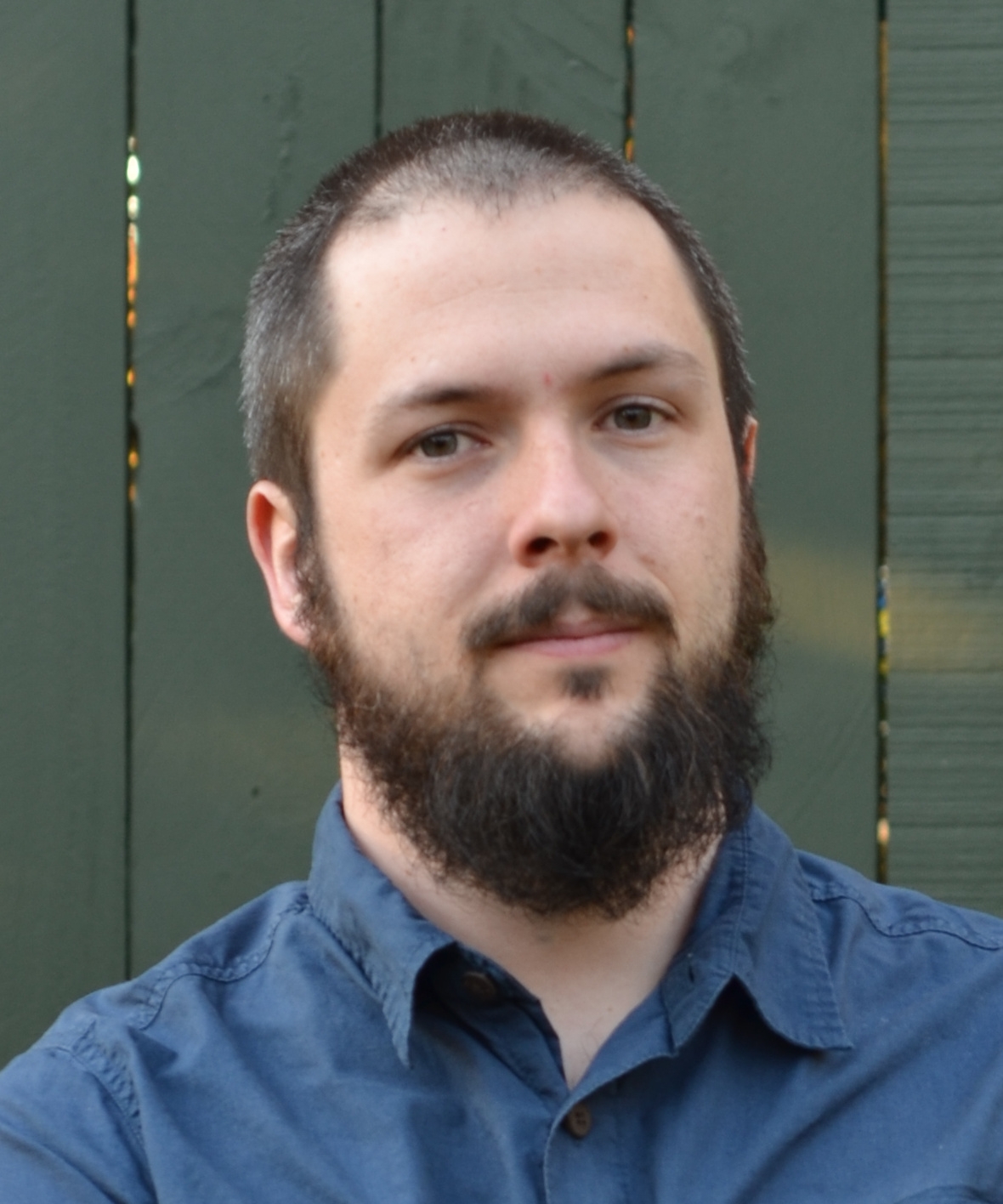YOUR BROWSER IS OUT-OF-DATE.
We have detected that you are using an outdated browser. Our service may not work properly for you. We recommend upgrading or switching to another browser.
Date: 05.08.2020 Category: general news, science/research/innovation
The properties of Majorana vortices – structures occurring in some superconductors and superfluid substances – will be studied by Jan Major, PhD at WUST. He received a grant from the National Science Centre to pursue his project, whose results could be used to build quantum computers.
 The project, entitled "Dynamic properties of Majorana-type excitations in topologically non-trivial ultra-cold fermionic superfluid gases" will be dedicated to a theoretical description and numerical simulations of these special objects. It will focus on their dynamics, how they react to external impacts, and how they interact with each other – in particular, whether they can be used, as some studies suggest, to create a memory immune to disturbances in quantum computers.
The project, entitled "Dynamic properties of Majorana-type excitations in topologically non-trivial ultra-cold fermionic superfluid gases" will be dedicated to a theoretical description and numerical simulations of these special objects. It will focus on their dynamics, how they react to external impacts, and how they interact with each other – in particular, whether they can be used, as some studies suggest, to create a memory immune to disturbances in quantum computers.
The young scientist’s grant budget is 326 thousand PLN. First, he will conduct his research at WUST, and during his two-year scholarship, he will spend four months with Professor Joachim Brand at Massey University in New Zealand.
The history of research into and applications of superfluid substances, as well as superconductors, which are very similar to them, is over a hundred years old. However, recent years’ new results and ground-breaking experiments have led to the emergence of a new and rapidly developing field of study dealing with so-called non-trivial topology systems.
According to the researcher, the study of these still little-known exotic systems will help us understand many of the micro-world’s secrets and can also have very practical applications.
 – What interests me most about this project is a special feature of a certain class of vortices. While usually, the centre of the vortex is empty, in these systems one can find an interesting excitation – the so-called Majorana quasi-particle – in the very eye of the storm. Such Majorana vortices occur in pairs and keep their connection even if they are separated over a considerable distance. Above all, however, they demonstrate another unusual property. The vortices’ exchange of places is "recorded" in the structure of the whole system, so we have information about whether the vortices were exchanged and in what order. Such a record should be very resistant to external disturbances and can be invaluable in the construction of quantum computers - explains Jan Major, PhD.
– What interests me most about this project is a special feature of a certain class of vortices. While usually, the centre of the vortex is empty, in these systems one can find an interesting excitation – the so-called Majorana quasi-particle – in the very eye of the storm. Such Majorana vortices occur in pairs and keep their connection even if they are separated over a considerable distance. Above all, however, they demonstrate another unusual property. The vortices’ exchange of places is "recorded" in the structure of the whole system, so we have information about whether the vortices were exchanged and in what order. Such a record should be very resistant to external disturbances and can be invaluable in the construction of quantum computers - explains Jan Major, PhD.
Therefore, it is important to understand these structures better to be able to assess whether they can be used. It is important to answer the question to what extent they are actually stable in the presence of noise or other disturbances occurring in real physical systems.
– My research should help us better understand what kind of behaviour we can expect from Majorana vortices. We can deepen our knowledge of the laws of physics behind these fascinating structures – says the scientist.
Jan Jakub Major, PhD earned his MSc and PhD degrees the Faculty of Physics, Astronomy, and Applied Computer Science of the Jagiellonian University. His doctoral thesis was entitled "Anderson's locations in low-dimensional optical networks" and his research concerned a similar class of systems and rare atomic gases cooled to almost absolute zero. The young research worker investigated how the introduction of various types of disorder, random disturbances affect the movement of atoms – when they locate themselves and when they can move freely.
He chose Wrocław University of Science and Technology for his new research work, because – as he believes – the department of theoretical physics is a place that attracted people dealing with similar subjects, including Professor Arkadiusz Wójs, the new Rector of WUST, or Professor Marcin Mierzejewski, a theoretical physicist from the Faculty of Fundamental Problems of Technology,
Jan Major, PhD received funds for his research as a participant of the Sonatina competition, which is addressed to scientists starting their careers. 35 researchers from all over the country received grants under the programme – worth 24 million PLN – for research projects and placements in foreign research centres.
After the completion of the grant, the scientists can apply for project financing in the Sonata competition for more experienced doctors or in Sonata BIS, which enables the participants to assemble a research team.
Our site uses cookies. By continuing to browse the site you agree to our use of cookies in accordance with current browser settings. You can change at any time.